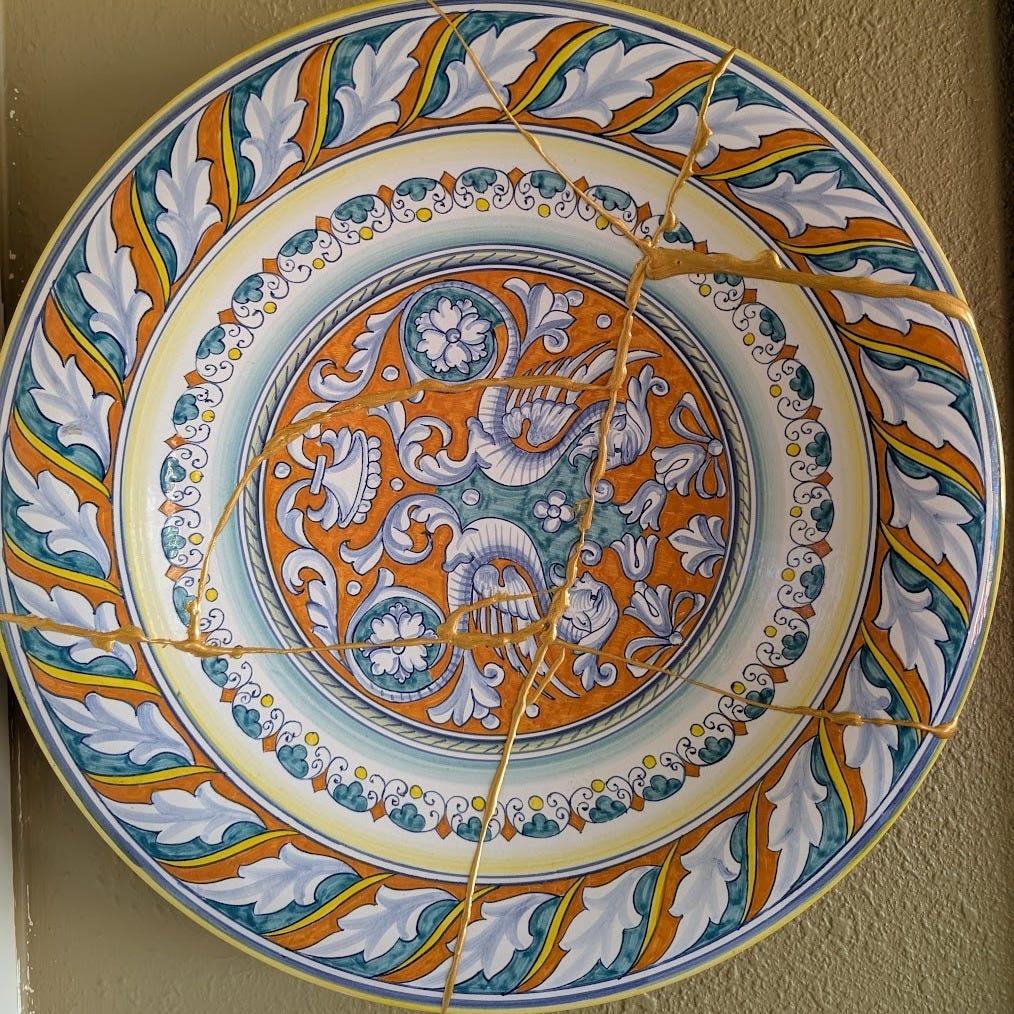When I was twenty years old, I became a symbol. I did not ask for it. I did not understand it. I certainly did not benefit from it. I became a caricature of a person: “Foxy Knoxy.” An archetype: The seductress, the devil with the face of an angel, the ice queen, the remorseless murderess. My name and face had become a totem for society’s anxieties about sex, youth, and femininity. And when the media and the public were done projecting their fears and fantasies onto me, I was left to reconstruct what was left of my life, not as a symbol, but as a human being.
I was reminded of this phenomenon recently when I spoke with Marcia Clark for my podcast, Hard Knox.
Marcia is no stranger to becoming a symbol herself. In the 1990s, she was thrust into the spotlight as the lead prosecutor in the O.J. Simpson trial. Her hairstyle got more news coverage than her legal arguments. She was mocked, scrutinized, and dissected. To this day, she conjures an entire cultural era. And like me, she has had to find a way to live after being turned into a caricature.
Symbols don’t have birthdays. They don’t have bad hair days. They don’t get homesick or scared or fall in love. They are, by definition, inhuman. But they aren’t merely reductive, they’re ravenous. They consume context and obliterate nuance. And when we allow people to be consumed by their symbolic representations, we lose the opportunity to see their humanity—and our own.
This isn’t just a problem for the wrongly accused or public figures. It’s a problem for everyone who lives in a culture that incentivizes snap judgments and outrage. We are all, to one degree or another, at risk of being symbolized—especially if we don’t fit neatly into the boxes assigned to us. If you're too quiet, you're hiding something. If you're too outspoken, you're manipulative. If you cry, you're faking it. If you don't, you're heartless. It's the Inverse Goldilocks Paradox of public perception, where no version of you is ever "just right."
People often ask me how I survived it. How do you go from global outcast to a writer, mother, wife, a person with a sense of humor and grocery list? And the answer is this: I stopped trying to be understood by everyone. I stopped trying to control the story they were telling about me. Because I couldn’t. And neither can you.
I focused instead on living a life that felt real to me. Not a performance. Not a rebuttal. Not a carefully calibrated rebrand. A life. But for so long, I was making that mistake over and over. Even when I wrote my first memoir, Waiting to Be Heard, in 2013, I was trying to set the record straight, to add my one voice to the chorus of voices that had already been authoring my story. And big surprise, it didn’t undo my reputational damage. In large part that’s because I was still taking part in a conversation that was defined by the false accusations against me. I was still being reactive. I was trying to change my role in the story others had written about me, but I was still living in that story: girl accused of murder. Even if I succeeded in altering the associations of that symbol, I was affirming the context it sat in.
My husband was the first person to really truly give me the gift of being just Amanda. When we met, he didn’t google me. He knew there was a bottomless rabbit hole of information about me, much of it false, and he wanted to get to know me on my own terms, human to human.
Since then, I’ve been writing not to prove a point, but to process. I found people who loved me not because of or in spite of the headlines, but because of how I made them feel. I became a mother, and the sheer immediacy of that experience—the diapers, the midnight feedings, the joy at hearing my daughter pronounce ridiculous as “ridorpalus”—burned away the noise.
There’s this concept in Japanese pottery called kintsugi, where a broken bowl is repaired with gold.
The idea isn’t to hide the cracks, but to highlight them. It’s my favorite image to represent post-traumatic growth and resilience, and it’s the cover art for my book!
It’s a reminder for me that we cannot return to the people we were before we were harmed, but that we can become new and even more beautiful in the wake of trauma.
This is different from defining yourself by how you’ve been shattered or victimized. And there are two ways to do that by the way. You can wear your victim status like an open wound, or you can deny that you were ever hurt. Both are ways of disempowering yourself and giving that wound power over you. By contrast, you can turn your wound into your strength. We humans are naturally antifragile. When we break, like bones, we knit back together stronger than before.
I will never be who I was before I was arrested in Perugia. That girl is gone. But in her place is someone more courageous, more curious, and more compassionate. And because I was stripped of my humanity, I’ve become more attuned than ever to the danger of that instinct to treat others as symbols. I’ve become dogged in my desire to see the real person, and when I can’t, to acknowledge the limits of my perceptions for people I have never met.
So when I think about Marcia Clark, or anyone else who has been caught in the public machine and compressed into a symbol, I try to remember: they are more than what they came to represent. We all are. The world will keep flattening people into roles. The media will keep looking for villains and vixens, victims and saints. But we don’t have to play along. We don’t have to accept the caricatures. We can insist on seeing the messiness of personhood, and withhold our judgment when our only information about a person is mediated by sources with their own agendas and biases.
Am I still a symbol? To some, yes. That’s okay. I’m also just a woman having a bad hair day, who doesn’t always say the perfect thing, who forgets where she put her phone (again!), who dances with her daughter in the kitchen, who gets irritated by traffic, who tries her best.
I want that for all of us.








I connect with so much that you have shared here, Amanda. Most importantly for me, in this moment, is your paragraph about being reactive to the story that others have written about you, trying to respond or rebut, rather than simply telling your own truth. This is a perspective I strive to emulate. Thank you! 💞
This is really interesting as I’m at this very stage of having lived with trauma for a decade experienced in the public eye and desperate to somehow rewrite the narrative the media had imposed on me.
Have finally written the memoir and while I always wanted to set the record straight publicly the process itself has taken me to that place where it no longer weighs on my shoulders.
So i understand exactly everything that you discuss here. I’ve subscribed as I would like to support your future expressions.
I’m so happy to have discovered your new life and receive your wisdom.